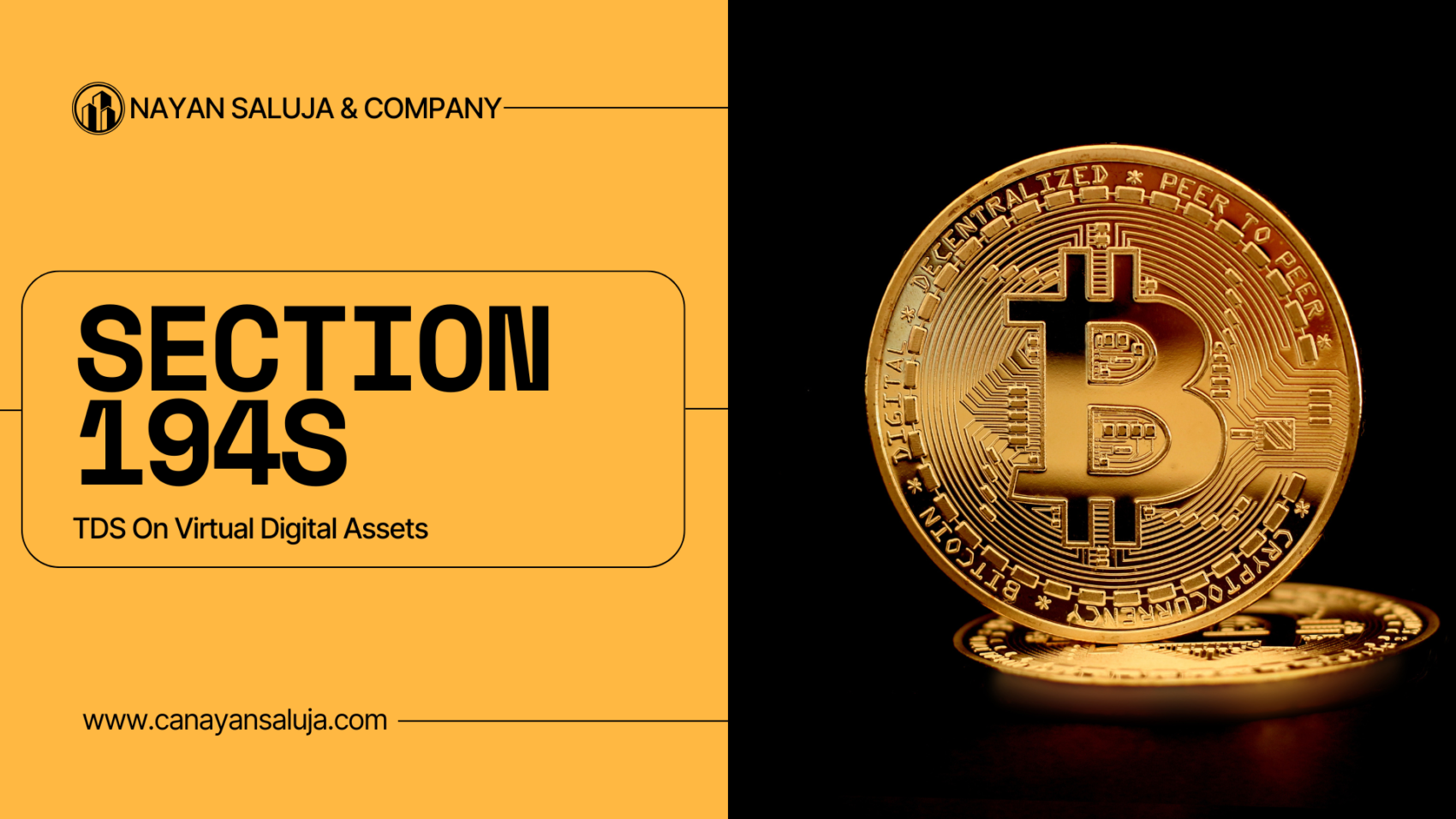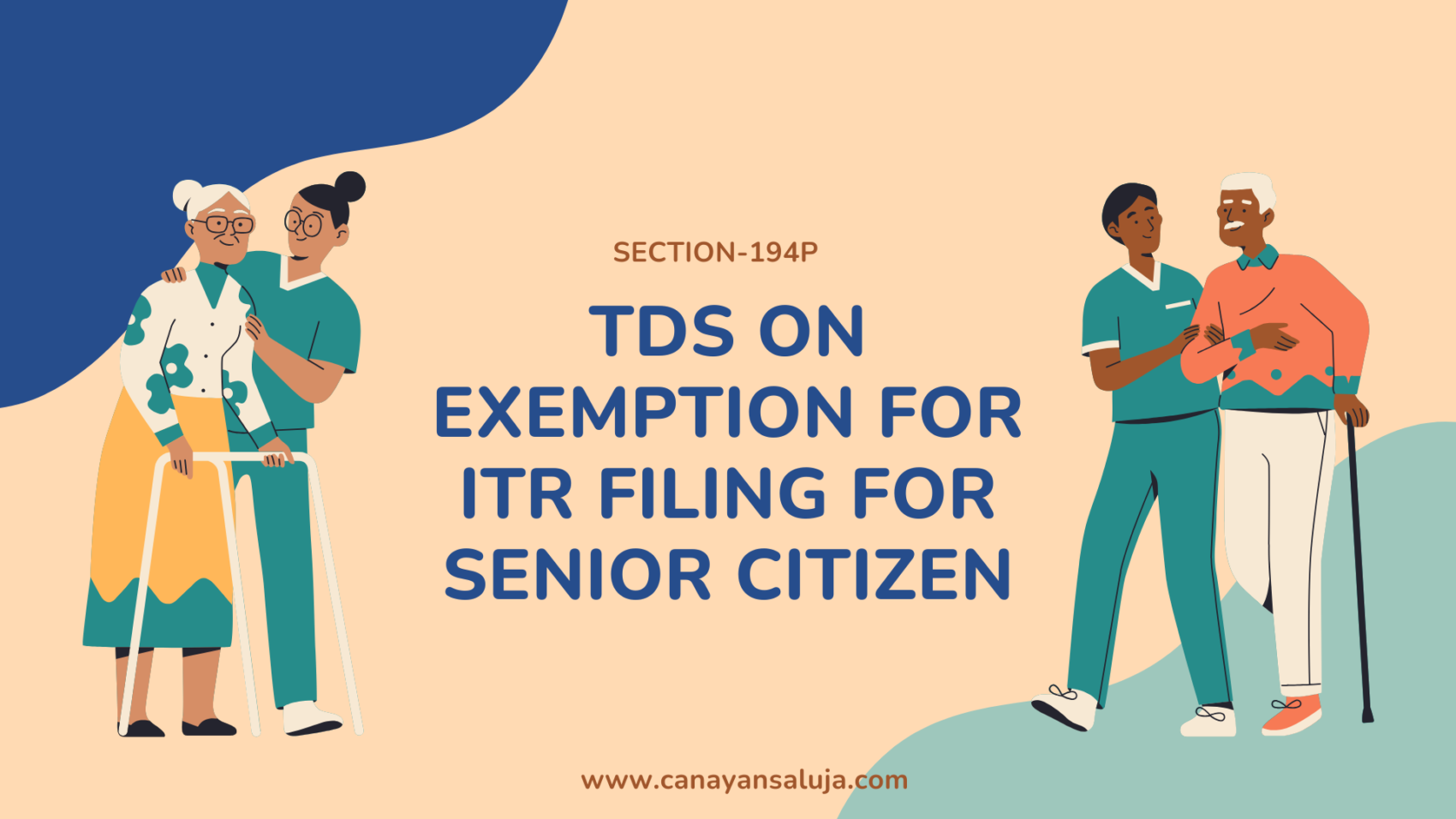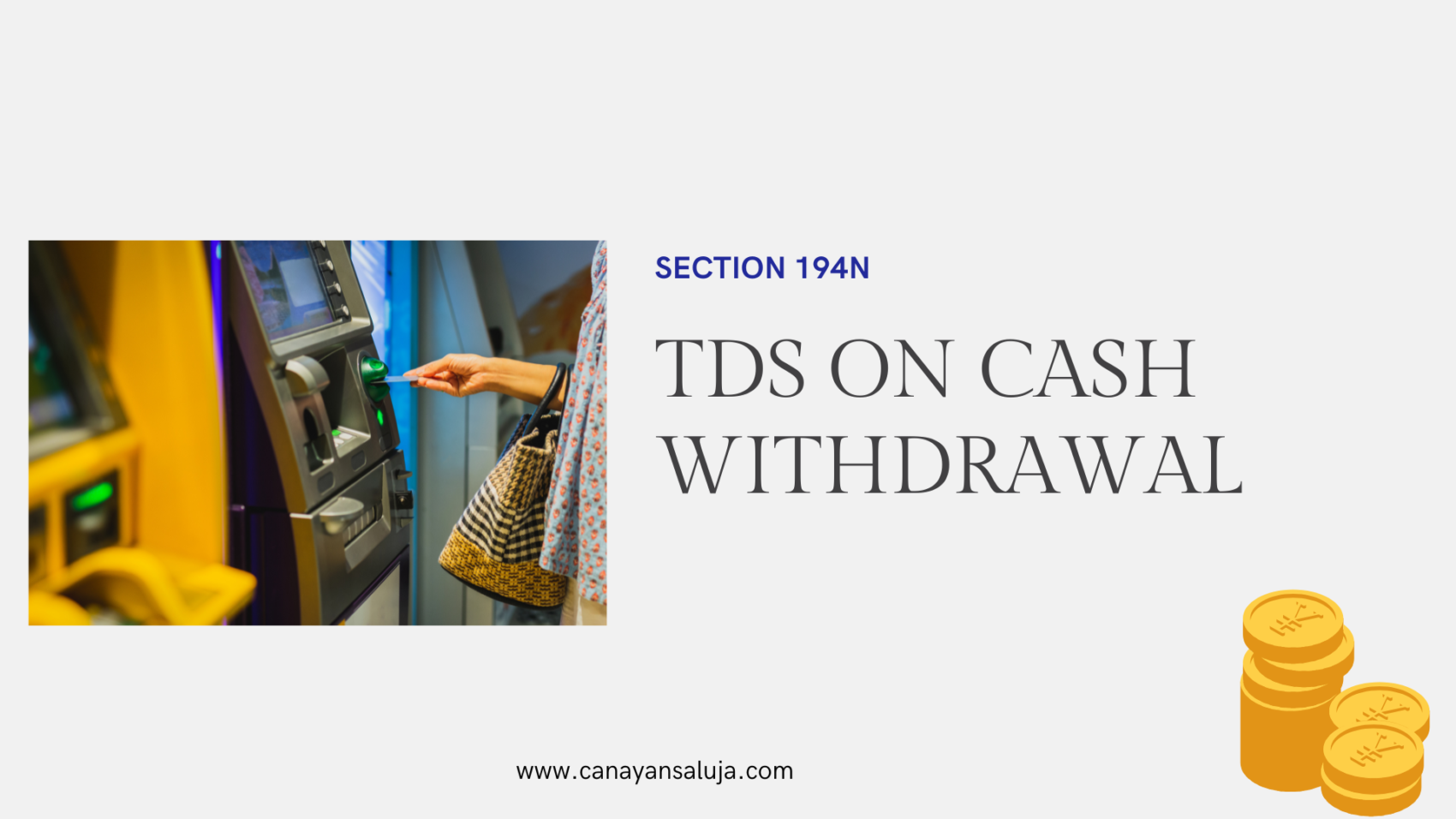SECTION 206C(1C): TCS ON LEASING OR LICENSING OR TRANFERING ANY RIGHT
TCS stands for Tax collected at Source. TCS is a kind of tax that is collected by the seller from the buyer on sale of certain type of goods if the amount exceeds a specified limit, so that it can be deposited to the government.
TCS is required to be collected at the source if the value of transaction exceeds a specified amount.
The purchaser can claim this tax collected by the seller while paying his income tax liability for the year, and if the TCS collected is more than the income tax liability of the assessee then he/ she will be entitled to a refund.
The main purpose of introduction of TCS was to reduce the Tax evasion by the person receiving the income.
Note: –
Seller– A seller who sells specific goods and is responsible for collection of tax from the purchaser.
Purchaser– A purchaser is the person who buys specific goods from seller is responsible for paying TCS amount to seller.
Section 206C(1C) of Income Tax Act, 1961 mandates the collection of tax at source (TCS) on leasing or licensing or transferring of any interest for the purpose of business.
TCS requirement arises:
Or
Few examples of date of collection are: –
|
S.no |
Date of Payment |
Date of debiting the money payable by the buyer |
Date of TCS collection |
|
1. |
30/04/2024 |
30/04/2024 |
30/04/2024 |
|
2. |
30/04/2024 |
01/05/2024 |
30/04/2024 |
|
3. |
01/05/2024 |
30/04/2024 |
30/04/2024 |
|
4. |
01/05/2026 |
30/04/2024 |
30/04/2024 |
Any person other than Individuals/ HUFs (Individuals/ HUFs are required to collect TCS if their turnover is more than Rs. 1 crore or gross receipts is more than Rs. 50 lakhs during the previous year) are required to collect TCS under Section 260C(1C) on leasing, licensing, or transferring any right or interest in: –
Example: –
Central government gave license of a parking lot in the CP, Delhi to a Company for Rs. 2 crores in June 2024, and 3 crores in other area to same party in oct 2024. Discuss the TCS requirements?
As per Section 206C(1C) Any person other than Individuals/ HUFs (Individuals/ HUFs are required to collect TCS if their turnover is more than Rs. 1 crore or gross receipts is more than Rs. 50 lakhs during the previous year) are required to collect TCS under Section 260C(1C) on leasing, licensing, or transferring any right or interest in: –
So central government is required to deduct TCS @ 2% as follows: –
|
S.NO |
DATE |
TCS AMOUNT |
TCS DEPOSIT DATE |
|
1. |
June 2024 |
4,00,000 (2,00,00,000 * 2%) |
07/07/2024 |
|
2. |
Oct 2024 |
6,00,000 (3,00,00,000 * 2%) |
07/11/2024 |
The TCS rate under this Section is: –
|
Sl no. |
Nature of transaction |
TCS if pan is available |
TCS if pan not available |
|
1. |
Leasing or licensing or transferring any right or interest in Parking Lot |
2% |
5% |
|
2. |
Leasing or licensing or transferring any right or interest in Toll Plaza |
2% |
5% |
|
3. |
Leasing or licensing or transferring any right or interest in Mine or querry |
2% |
5% |
No TCS if: –
The due date for deposit of TCS is as below: –
|
Month |
Due Date |
|
April |
On or before 7th May. |
|
May |
On or before 7th June. |
|
June |
On or before 7th July. |
|
July |
On or before 7th August. |
|
August |
On or before 7th September. |
|
September |
On or before 7th October. |
|
October |
On or before 7th November. |
|
November |
On or before 7th December. |
|
December |
On or before 7th January. |
|
January |
On or before 7th February. |
|
February |
On or before 7th March. |
|
March |
On or before 30th April. |
TCS is to be deposited monthly on the dates mentioned above but the return is to be filed quarterly on or before the below mentioned dates: –
|
Quarter |
Period |
Due date (TCS filing) |
|
1St quarter |
April-June |
15TH July. |
|
2nd quarter |
July-September |
15TH October. |
|
3rd quarter |
October- December |
15TH January. |
|
4th quarter |
January- March |
15TH May. |
TCS under this section has to filed quarterly through FORM 27EQ and the collector has to issue FORM 27D to the buyer within 15 days of filing of return.
Following penalties/fees will be levied if there is delay in TCS collection or delay in deposit of TCS or non-filing of quarterly return.
|
Particulars |
Penalty |
|
TCS not collected on time. |
1% per month or part of month. |
|
TCS collected but not deposited before due date |
1.5% per month or part of month. |
|
TCS return not file on or before due date |
200 per day maximum till TCS amount. |
Q. What is the threshold limit for TCS under 206C(1C)?
A. NO, there is no threshold under Section 206C(1C).
Q. Is Section 206C(1C) applicable when the payee is a non-resident?
A. YES, this section also applies when the buyer is non-recipient.
Q. Is TCS applicable on GST amount also?
A. NO, TCS u/s 206C(1C) is not applicable on GST amount, TCS is applicable on net amount after deduction of all taxes.











